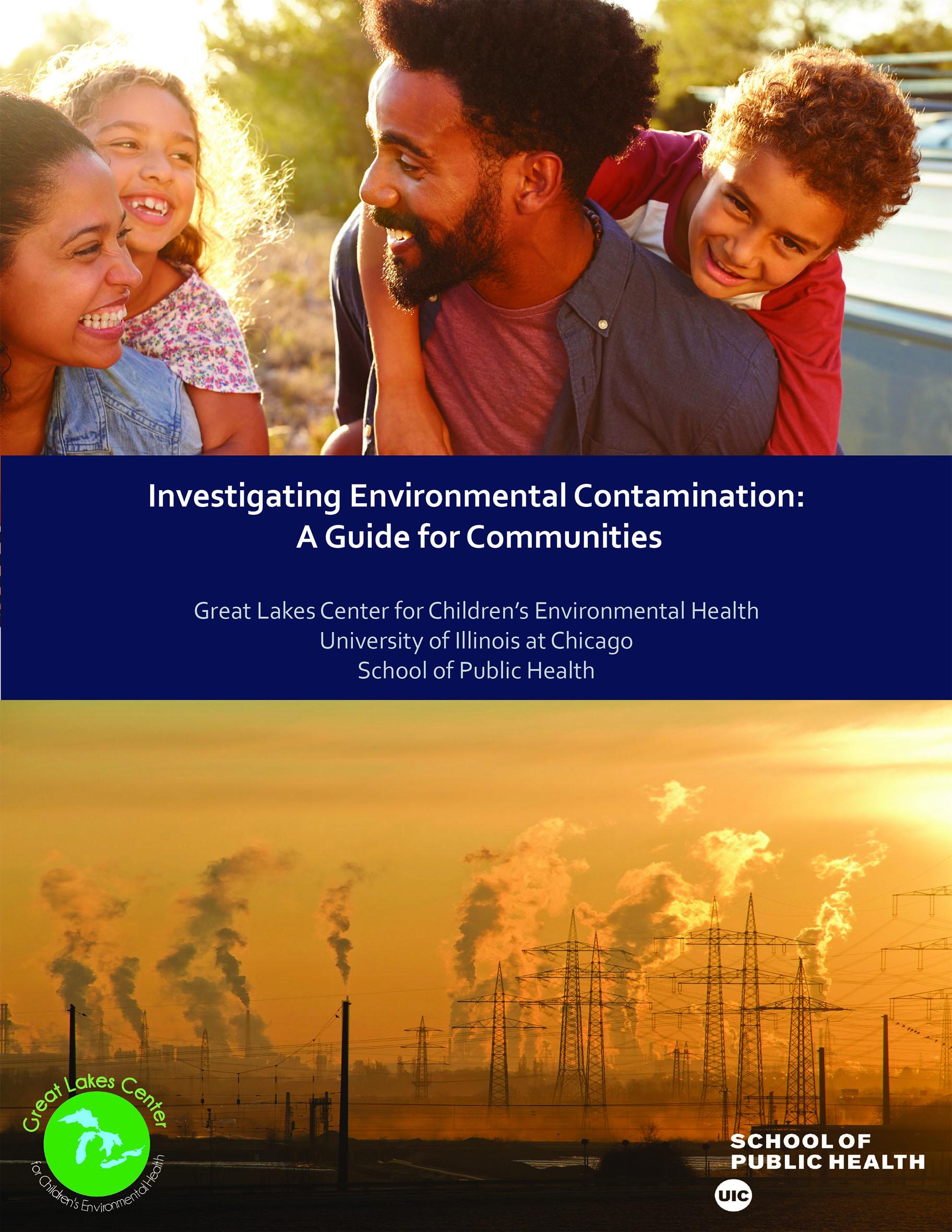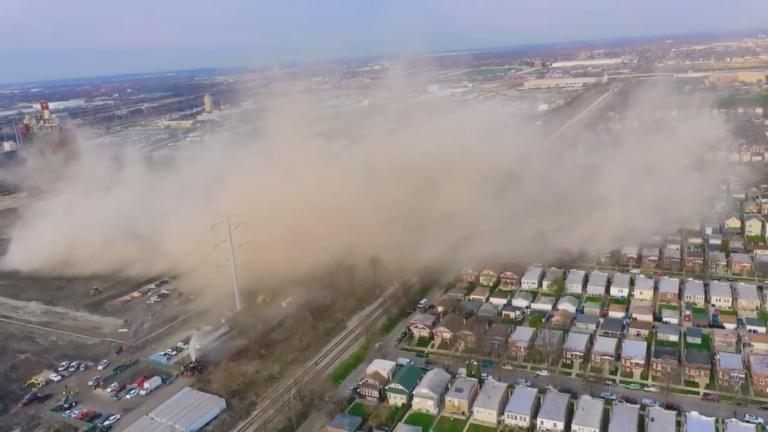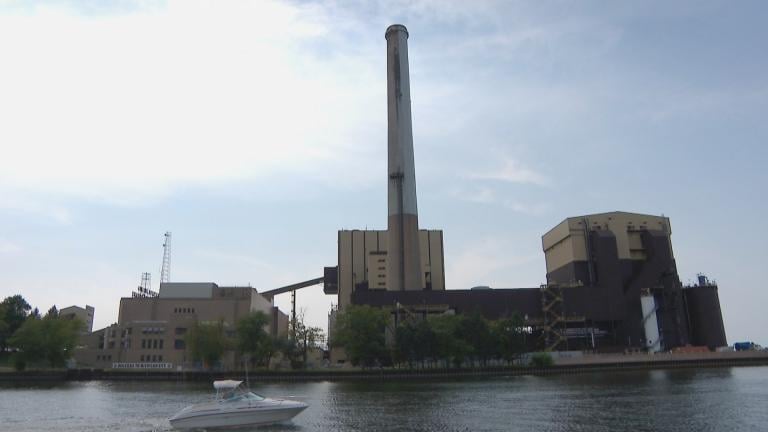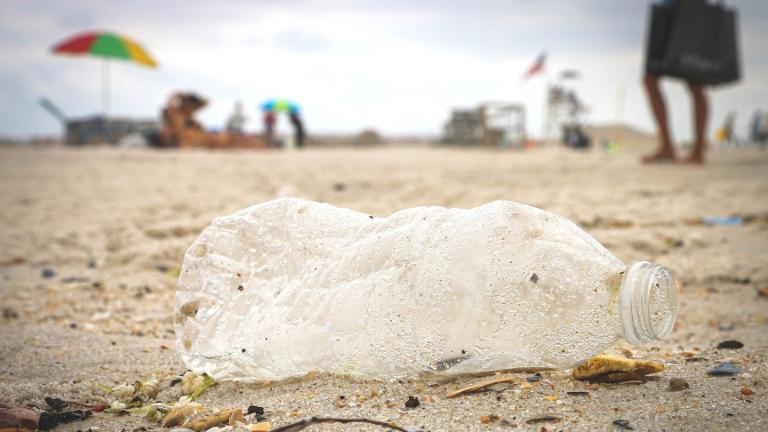 (Creative Commons / © 2013, Jeremy Atherton)
(Creative Commons / © 2013, Jeremy Atherton)
Responding to increasing public concern over environmental health threats such as the Flint water crisis, researchers at the University of Illinois at Chicago have published a guide to help Great Lakes communities pinpoint and combat sources of pollution in their own neighborhoods.
The 28-page guide features information designed to help residents determine if air, water or soil contamination is affecting their health. It includes specific resources for those living in Michigan, Minnesota, Illinois, Indiana, Ohio and Wisconsin, the six states covered by the Great Lakes Center for Children’s Environmental Health. The center, housed within UIC’s School of Public Health, is a regional Pediatric Environmental Specialty Unit funded by the U.S. Environmental Protection Agency and the Agency for Toxic Substances and Disease Registry.
“With recent major media stories on lead contamination in Flint and all the coverage of the Sterigenics medical equipment sterilization plant in Willowbrook, we have definitely had an uptick in calls to our center in the last few months and years,” said Susan Buchanan, director of the Great Lakes center, in a statement.
Buchanan noted that businesses are required to report releases of pollutants, and much of the information on the types and amounts of chemicals released is available to the public online.
 Document: “Investigating Environmental Contamination: A Guide for Communities” (UIC School of Public Health)
The guide, titled “Investigating Environmental Contamination: A Guide for Communities,” highlights a number of websites with location-specific information on pollutants and environmental exposures. One example is TOXMAP, a tool created by the U.S. National Library of Medicine that maps the locations of coal plants, nuclear power plants and other pollution-emitting sites. The map is overlaid with health data from the National Cancer Institute and demographic data from the U.S. Census.
Document: “Investigating Environmental Contamination: A Guide for Communities” (UIC School of Public Health)
The guide, titled “Investigating Environmental Contamination: A Guide for Communities,” highlights a number of websites with location-specific information on pollutants and environmental exposures. One example is TOXMAP, a tool created by the U.S. National Library of Medicine that maps the locations of coal plants, nuclear power plants and other pollution-emitting sites. The map is overlaid with health data from the National Cancer Institute and demographic data from the U.S. Census.
The guide also includes tips for identifying people and resources that can help address or bring greater attention to public health threats in a given community.
“By compiling all this information in one place, we hope to empower people to educate themselves and take action,” said Buchanan, a clinical associate professor of environmental and occupational health sciences in the UIC School of Public Health, in a statement.
Buchanan also noted Chicago’s “long history of environmental activism,” such as community-driven efforts that led to the closing of Pilsen’s Fisk Coal Plant in 2012.
“We wanted to provide another tool that would enable members of the community to have a resource and affect change,” she said in a statement.
The new guide is co-authored by Susan Kaplan, research assistant professor in the department of environmental and occupational health sciences in UIC’s School of Public Health; and Emily Szwiec, research associate in the department.
Contact Alex Ruppenthal: @arupp | (773) 509-5623 | [email protected]
Related stories:
EPA Proposes Adding Abandoned Chicago Slag Dump to Priority Cleanup List
Congressional Members Urge EPA to Crack Down on Chicago Manganese Polluter
Chicago Among the Country’s Most Polluted Cities, Study Finds








